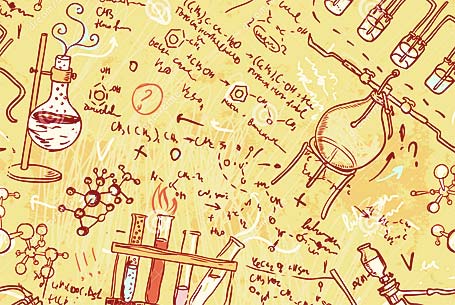
Researchers at Stanford University and the Aarhus University in Denmark recently uncovered a 30-year-old recipe for using molybdenum sulfide (moly sulfide) in order to split water and collect the hydrogen gas. Molybdenum sulfide is a replacement for expensive the platinum catalyst used in most electrolyzers.
According to GizMag, “Enter moly sulfide. Since World War II, moly sulfide has been used by petroleum engineers in the refinement of oil. It was thought to be inefficient for the electrolysis of hydrogen from water due to the molecular structure at its surface.
“That was until Stanford Engineering’s Jens Nørskov, then at the Technical University of Denmark, noticed this structure differed at the edges of the crystal lattice. Around the edges, hydrogen production was possible as the structure has only two chemical bonds rather than the three seen elsewhere in its structure. This meant moly sulfide was capable of electrolyzing hydrogen, if only at the edges.
“Next came the Eureka moment, when the researchers uncovered a 30-year-old recipe for double bonded moly sulfide. Using this recipe, nanoclusters of double-bonded moly sulfide were synthesized and deposited on an electrically conductive sheet of graphite to form a cheap electrode alternative to platinum.”
Now, I’ve talked about platinum free fuel cells and electrolyzers many times in the past. With my somewhat self-admittedly fuzzy crystal ball, I predict, that in the near future platinum free will be the standard for these devices and herald in a new era of hydrogen technology.
Comments are closed here.